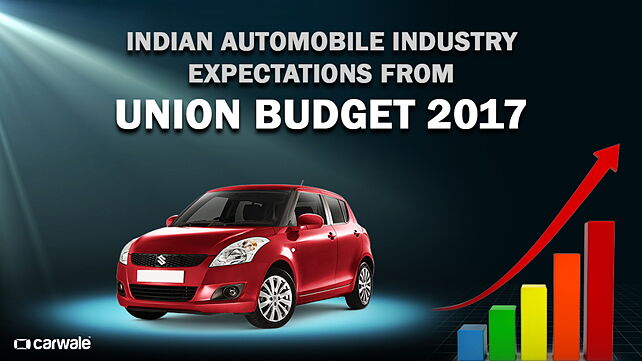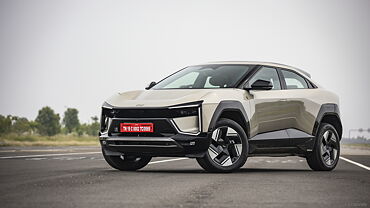
It is that time of the year when the speculations about what the Union Budget 2017 will have in store for the country and the automotive industry certainly has its own set of expectations. The automobile industry contributes to about seven per cent of the country’s GDP and is one of the largest employers in the country. The industry expects the 2017 Union Budget to usher a conducive environment to boost the industry and sales alike.
Hyundai says…
Mr. Y K Koo, MD, Hyundai India said, “to steer the growth, we are looking forward to positive initiatives on ease of doing business from Union Budget 2017-18. The reduction in excise duty rates towards timely GST implementation along with lower corporate and income tax will benefit the industry.”
Speculations are rife that income tax slabs will be restructured for the next financial year. If the tax slabs are raised to the rumoured Rs 4 lakh to Rs 5 lakh, it will certainly be a booster for the automobile industry. Increasing the tax slabs will result in a bit more cash in hand for the common man to spend which in turn will boost the overall demand.
The demand for the compact A-segment hatchbacks and the entry-level B-segment hatchbacks should spike. Also, the buying pattern that has shifted a segment higher over the past decade will result in more demand for the compact sedans and the C-segment cars. Sub four-metre and compact crossovers will certainly be sought after owing to the preference of SUVs per se.
Mahindra says…
“A well-defined, right and prudent budget with specific focus on infrastructure, manufacturing and taxation and provide rural stimuli to revive and boost consumer, business and investment confidence,” said Pravin Shah, president and chief executive (automotive), Mahindra and Mahindra Ltd.
Research and development is an integral part of the automotive industry and the expenditure is quite high in this department, especially in the light of mandatory safety equipment and the emission norms jump to Euro 6. To ensure that the car makers are able to invest more and recover their money as well, the industry expects increase in depreciation rates for the research spend. Also, if the third party spend on research and development is brought under the purview of depreciation, it will help local outsourcing, in short, Make in India.
Last year, the fleet modernisation or the vehicle scrapping policy was being drafted. With more than 15 year old cars scrapped, the automobile industry can look at higher sales targets for the next financial year. But, the vehicle scrappage policy needs to provide incentives for individuals to let go of their old car and spend on a new one.
Renault says…
Sumit Sawhney, CEO Renault India said, “One of the focal decisions for the automotive sector from this budget is on the GST roll-out, and how different vehicle categories will be taxed.”
The service tax and VAT are slated to increase to 16-18 per cent from the existing 15 per cent which means the fuel prices, service costs and costs of spares will increase. While this will not have a direct bearing on the sale of cars as such, the effects might be felt especially in the cost-conscious budget car segments.
The excise duty structure has become complicated over the years and the GST regime dates are yet to be finalised. The GST rates will be pivotal for the automotive industry as cars and motorcycles from different segments might attract different tax slabs.
Demonetisation, in a way, has also been useful in injecting money back into the banking system, lowering the interest rates as a result. The lowered interest rates and increased spending prowess should certainly put India back on the map as the fastest growing economy across the globe. Also, lowered interest rates will help reduce the cost of capital for the car makers helping them source more funds for expansion and research and development. The industry also expects additional focus on infrastructure and development of highways and roads in Tier II and Tier III cities as well as rural areas.


































